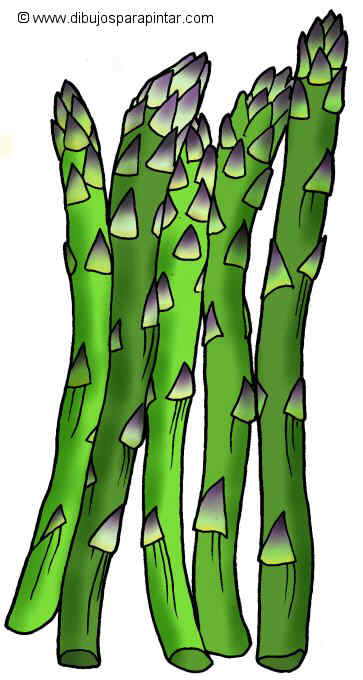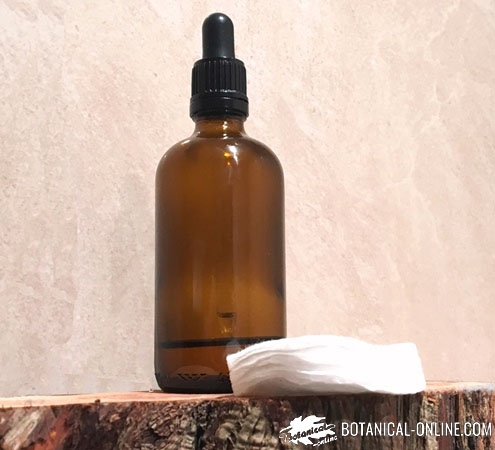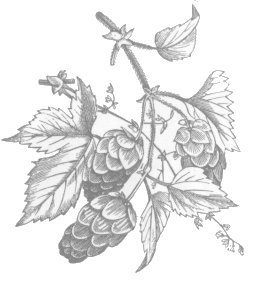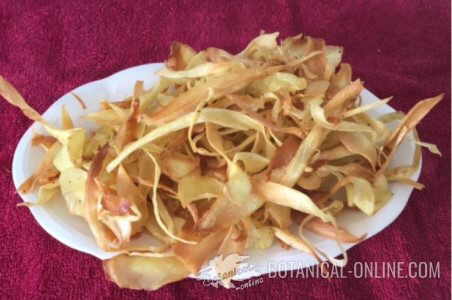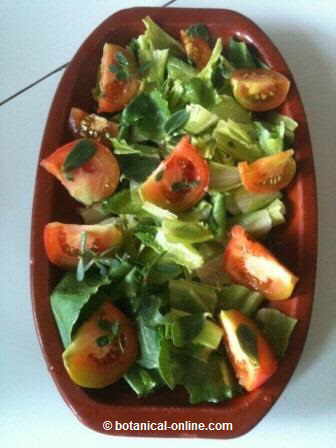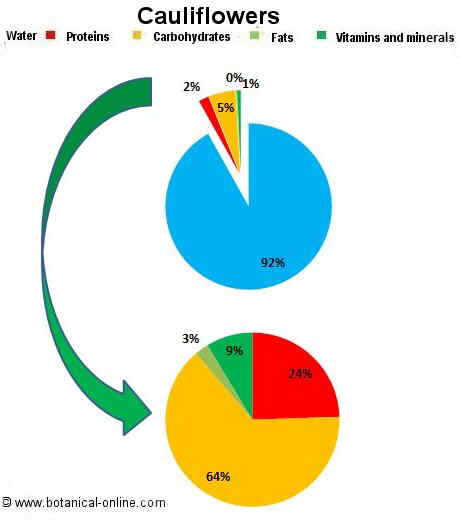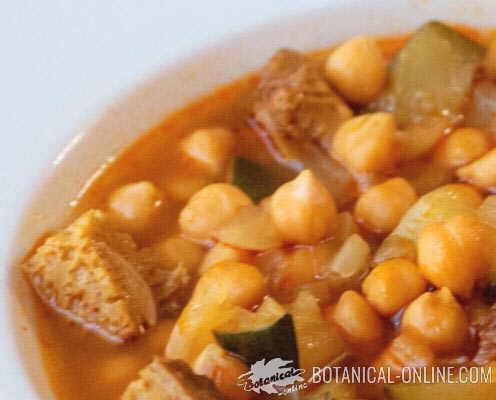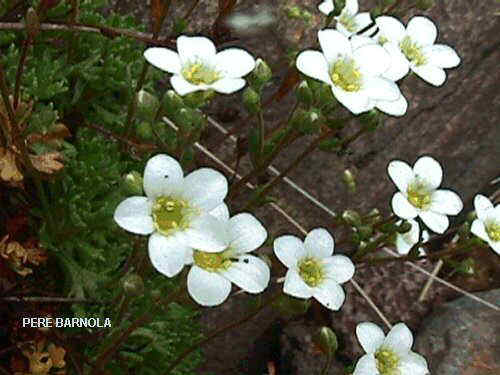Contents
Characteristics of Triticum turgidum spp. turanicum
Kamut characteristics (Triticum turgidum)
Vulgar name: English wheat, Khorasan wheat, kamut
Scientific name: Triticum turgidum ssp. turanicum
Family: Poaceae or Gramineae
Origin: The true origin of this cereal is unknown. Some researchers point out that it comes from the Middle East.
Habitat: Only cultivated. Poor frost tolerant.
Kamut Study
Kamut is said to be an archaic cereal that was cultivated in Ancient Egypt more than 5,000 years ago. It is a very resistant durum wheat variety.
There is a popular legend about the origin of this grain. The kamut is said to have been brought to the United States by a war pilot. The latter, during his missions during World War II, claimed to have taken a handful of grains from an Egyptian tomb and sent the 36 grains of cereal to his father, a wheat farmer in Montana. The latter harvested the grains, which were much larger than wheat. Despite the novelty, they were soon forgotten.
In 1977, T. Quinn Mack, another Montana wheat farmer, and his son Bob Quinn, an agricultural scientist and biochemist; they realized the value of this unique grain. They named the new cereal the trade name “Kamut”, an ancient Egyptian word for wheat.
In other words, the word Kamut responds to the trade name for the QK-77 wheat variety, which according to genetic studies, could be a hybrid of the durum wheat (Triticum durum) and Polish wheat (Triticum polonicum). Therefore, kamut is a type of durum wheat. This variety of wheat is recognized by the United States Department of Agriculture (USDA).
Durum wheat is that type of wheat that has a high percentage of gluten, which makes its flour an ideal substrate for making pasta (macaroni , spaghetti, noodles, etc.), this being the main use of kamut. However, some people consume the whole cereal, which has a sweet and buttery flavor.
This grain measures almost twice as much as the wheat grain and has 20-40% more fiber. Nutritionally it is much richer in fiber, proteins, fats, minerals and vitamins than white wheat or durum wheat derivatives (couscous, bulgur, etc.).
| The kamut contains gluten, so it is not suitable for celiac people. |
The kamut grain is very resistant and allows a high production without the use of artificial fertilizers or pesticides, making it an excellent crop for organic farming.
Kamut® is a registered trademark in 1990 by Kamut International Ltd. This type of crop is suitable for organic farming. So much so, that the company Kamut® only distributes for cultivation to organic farmers.
Scientists from the United States, Canada, Italy, Israel and Russia have examined the grain and have reached different conclusions regarding its taxonomic identification. Most agree that it is a species of durum wheat (Triticum durum). This subspecies is the unsolved doubt that surrounds the mysterious nature of the grain. It could be a hybrid of the previous one with Polish wheat (Triticum polonicum) or with Khorasan wheat (Triticum turanicum).
Characteristics of Kamut
Kamut, Polish wheat or Khorasan wheat (Triticum turgidum, ssp. Turanicum) is an annual plant of the cereal family, the same one to which wheat, oats or rye belongs.
This plant has a hollow stem cane-shaped, with knots, which can reach heights of up to 1.3m.
The leaves are lanceolate, narrow and glabrous.
The inflorescence is a long, thin spike, with flowers that are arranged hermaphrodites. This plant blooms from June to July and its seeds ripen from August to September, when they are harvested.
The seeds, known as grains, are the part intended for food. The kamut grain is golden in color, larger than wheat (almost double) and has a higher fat content. Each ear have about 25-25 grains.
Its flavor is buttery and pleasant. Nutritionally it is richer in minerals and fats than wheat.
Used parts
– Grains and straw
Uses of Kamut
- Food: the seeds are consumed in the food as grain. Ground, they form kamut flour, which is used to make pastry, biscuits and pasta. It is not suitable for breads. Contains gluten.
- Mulch: straw can be used for garden mulch.
Composition of Kamut
Kamut is a grain rich in complex carbohydrates, as it happens with other cereals.
Among its proteins is gluten, so it is not a suitable cereal for celiac.
Its fat content is higher than the grain of wheat, which gives it a more pleasant flavor. The type of fats it contains are polyunsaturated fatty acids (60%), especially Omega-6 linoleic acid.
- The contribution of fiber is remarkable because it is the whole grain. The fiber it have is of the insoluble type, which can help reduce cholesterol and prevent constipation.
- As for the nutritional profile of vitamins and minerals, this cereal stands out for its superior contribution of vitamin E compared to other types of grains.
Vitamin E is a natural antioxidant of the skin, which contributes to making it look better.
Like all cereals, kamut is rich in B vitamins, which help to nourish the brain and take advantage of carbohydrates in the body.
Foods rich in vitamin B such as kamut are recommended for students, people with stress, athletes, memory loss, and, in general, for those who want to increase their concentration and energy.
This cereal is rich in selenium and zinc, antioxidant minerals that prevent premature aging.
| Components of the Kamut per 100g. | |
Nutrient | Content |
| Calories (kcal.) | 329 |
| Carbohydrates (g.) | 57,5 |
| Proteins (g.) | 10,5 |
| Fats (g.) | 1,99 |
| Fiber (g.) | 1,6 |
| Vitamin C (mg.) | >1 |
| Vitamina B1 o thiamine (mg.) | 3,94 |
| Vitamin B2 o riboflavin (mg.) | 0,82 |
| Vitamin E (mg.) | 8,03 |
| Calcium (mg.) | 20,2 |
| Phosphorus (mg.) | 309 |
| Iron (mg.) | 3,7 |
| Magnesium (mg.) | 137 |
| Selenium (mg.) | 1,9 |
| Zinc (mg.) | 3,1 |
Botanical classification of the Kamut
| Botanical classification | |
| Kingdom | Plantae – Plants |
| Subkingdom | Tracheobionta Vascular plants |
| Superdivision | Spermatophyta Seedplants |
| Division | Magnoliophyta Flower plants |
| Class | Magnolipsida Dycotiledons |
| Order | Poales |
| Family | Poaceae or Gramineae |
| Subfamily | Pooideae |
| Tribe | Triticeae |
| Gender | Triticum |
| Species | T. turgidu |
![]() More information on kamut.
More information on kamut.



